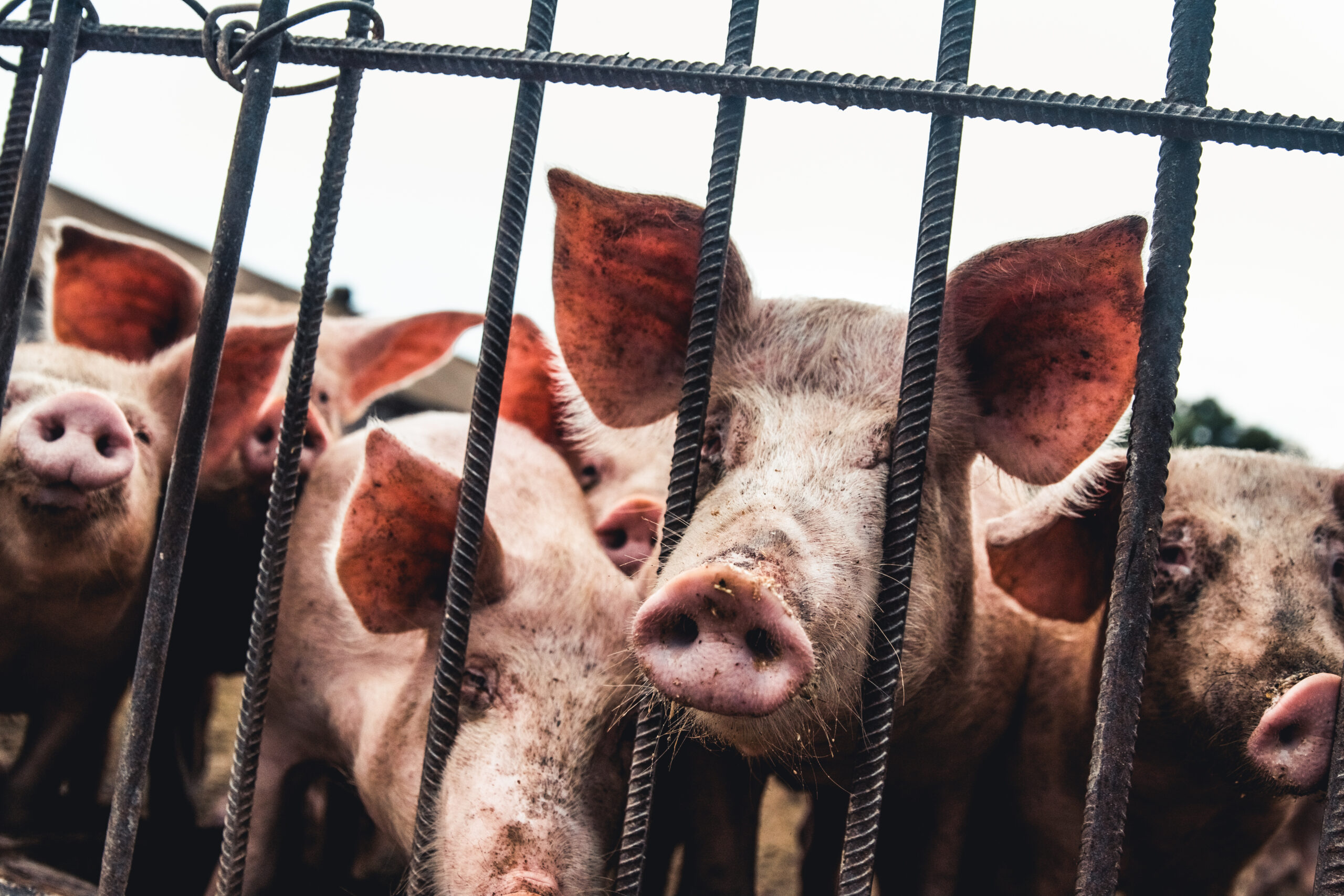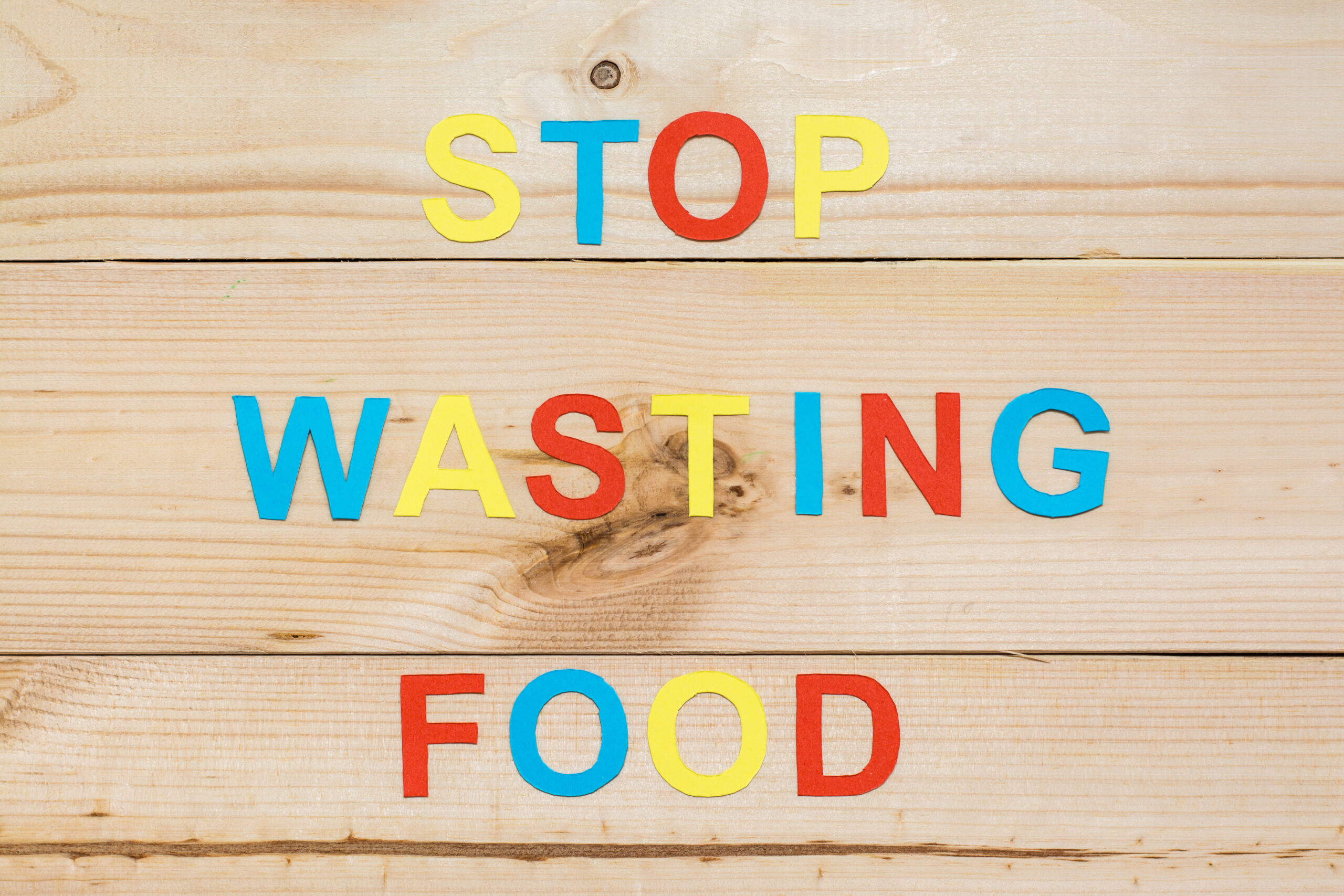As global events, including the conflict in Ukraine, continue to intensify and impact the food supply chain, the imperative to combat food fraud becomes even more critical. With the recent Kakhovka dam burst flooding vast agricultural lands in Ukraine, a significant global impact on food supply is anticipated.
Last year, wheat prices soared to unprecedented heights, and although they have since decreased, Ukraine, being the world’s sixth-largest wheat exporter, is projected to produce less than half of its recent harvests. The resulting supply shortages pose an increased risk of food fraud.
The incident at the Kakhovka dam has caused wheat prices to surge by more than eight and a half percent in just one week with no signs of abating. To meet consumer demand, food manufacturers may need to seek alternative suppliers; however, food manufacturers must remain vigilant against food fraud, especially when engaging with new suppliers who may not have undergone proper vetting.
As the specter of food fraud looms large, businesses must uphold international standards and verify the credibility of their suppliers, including their sources and origins. So, what is food fraud and what are the dangers that come with it?
Related: What is Food Fraud and How Can the Food Retail Industry Prevent It?
What is Food Fraud?
Food fraud refers to deliberate actions taken to deceive consumers for financial gain by misrepresenting the quality and composition of food products. This illicit practice of selling counterfeit food has become an extremely profitable illegal industry worldwide. While it is challenging to estimate the exact global impact due to its clandestine nature, experts suggest that it could generate around $40 billion annually.
Ensuring the guaranteed quality and safety of the food they purchase is crucial for consumers. Many individuals prefer products from reputable brands known for their high quality. Some are even willing to pay premium prices for specific characteristics and ingredients. Unfortunately, this attracts fraudsters who seek to maximize profits by substituting high-quality ingredients with cheaper alternatives and pocketing the price difference.
Mitigating the risks associated with food fraud can be a complex task. Fraudulent activities can occur at any stage of the supply chain and, in some cases, may require specialized equipment for detection. Developing countries face additional challenges due to their limited technical capacity to identify instances of food fraud.
Types of Food Fraud
According to the International Atomic Energy Agency, there are seven types of food fraud:
- Dilution: This involves mixing a high-value liquid ingredient with a lower-value one to reduce the concentration and production costs.
- Mislabeling: False information is intentionally placed on the packaging or label, misleading consumers about the product’s true nature.
- Unapproved enhancement: Unknown or undeclared materials are added to a food product, altering its composition without proper authorization.
- Substitution: A valuable ingredient or component of a product is replaced with a lower-value alternative, compromising its quality and value.
- Concealment: Poor-quality food ingredients or products are intentionally disguised or hidden to deceive consumers.
- Counterfeiting: Fraudsters copy brand names, designs, recipes or unique techniques to create counterfeit products that imitate popular brands.
- Gray market production/theft/diversion: Unregistered or unauthorized products are illicitly sold, bypassing legitimate distribution channels.
Dangers of Food Fraud
Food fraud can have detrimental effects on consumers’ health. Toxic additives may be intentionally added, posing risks of foodborne illnesses. Essential nutrients may also be removed during the fraudulent process, leading to nutritional deficiencies. This can be particularly problematic for individuals with food intolerances, as fraudulent food products may contain undisclosed ingredients that can trigger allergic reactions.
Falsified products also suffer from diminished overall quality, leaving customers unsatisfied with what they receive in exchange for their money. Legitimate companies also bear the brunt of food fraud, losing consumers to counterfeit sales. This economic harm affects a wide range of products, including high-end items like truffles and everyday essentials like honey.
Lastly, the interconnectedness of global trade and the complex intricacies of production and supply chains magnify the dangers and susceptibilities linked to food fraud. From the sourcing of ingredients to the final product, multiple stages and countries may be involved, making it challenging to monitor and control the entire supply chain effectively. This poses significant challenges for ensuring the authenticity and safety of food products in international trade.
Addressing these harms requires collective efforts from regulatory authorities, industry stakeholders and consumers. Implementing stringent quality control measures, enhancing traceability systems and promoting consumer education and awareness are essential steps in combating food fraud and safeguarding human health, economic stability and the integrity of international trade.












Join or login to leave a comment
JOIN LOGIN